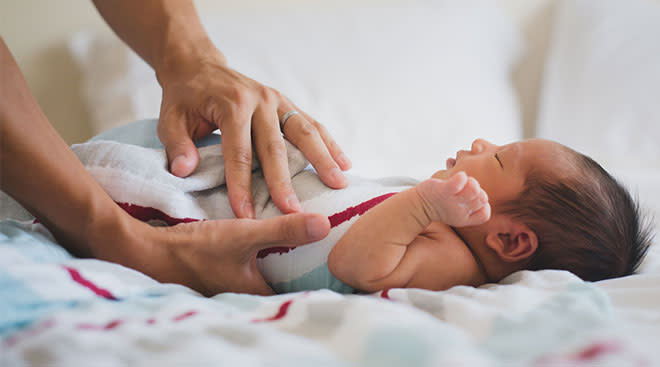Circumcision is a commonly performed medical procedure for males that removes the foreskin covering the tip of the penis. It may be performed on healthy boys as early as 10 days after birth.
Before performing circumcision, your healthcare provider will numb the area with local anesthesia. This medication may be administered at either the base of the penis, in its shaft, or applied as a cream.
Procedure
Circumcision Melbourne treatment entails the removal of extra skin surrounding the head of the penis. This procedure can be performed in either a hospital setting or at an outpatient surgery centre.
Typically, this procedure is performed shortly after birth or within the first month of life. To administer it, the baby is restrained and a local anesthetic is administered to numb the area.
Once the plastic ring has been secured, it should then be tightened to minimize bleeding. Finally, the foreskin is cut below the ring for neatness.
In some cases, doctors may apply pressure to the head of the penis while pulling on its foreskin in an effort to reduce paraphimosis. If this persists, a dorsal slit is made to relieve pressure.
In the UK, complications after circumcision for medical reasons are rare and most men do not experience significant issues. However, blood infection or septicemia are possible risks that should be addressed promptly.
Preparation
Baby circumcision is a surgical procedure that removes the foreskin or prepuce from your child’s penis, protecting them from infections and cancer of the penis.
Under a local anesthetic, you won’t feel any pain during the procedure. Furthermore, you will be provided with pain medication to manage any discomfort that may arise afterward.
Your provider will give you instructions about aftercare for your baby’s penis. For instance, apply triple antibiotic ointment (Neosporin(r)) to the area several times daily or with each diaper change.
Following your child’s procedure, their penis may feel bruised and swollen for several days or weeks. Additionally, it’s normal for urination to be painful for several days or weeks afterwards.
Sedation
Circumcision Pro offers the unique service of performing circumcisions under sedation for Children, Older Boys and Adults – making the whole process less nerve-wracking and more comfortable for everyone involved.
Dr Rudi Swart and Dr Ruhul Amin lead our sedation team, who can administer local anesthesia (an injection of pain medication around the penis) at our practice or at any local surgical center depending on your preference and availability. They have extensive experience performing circumcisions under all types of anesthesia – from children’s to adults’ – at both locations.
Recovery
Circumcision treatment can be a challenging recovery phase for some individuals. Their skin and tissue may be tender and red, while the stitches may feel extremely sensitive.
On the day of surgery, a doctor will apply an adhesive dressing that typically remains on for two days. They may also give the individual some pain medication to ease discomfort.
In certain cases, a wound may bleed a few drops. Applying an ointment to keep the area soft will usually stop bleeding.
Your baby’s doctor will decide if any pain medications are necessary. To make them feel more at ease during the procedure, give your little one a warm, sweetened pacifier.
If your child is an infant, their doctor can provide them with infant formula to reduce pain and other symptoms. Your baby’s doctor also determines when the circumcision should be removed or put back on.
Circumcision rings typically fall off between 7 and 14 days (average 10). They may hang by a small piece of tissue for several days before falling away on their own.
